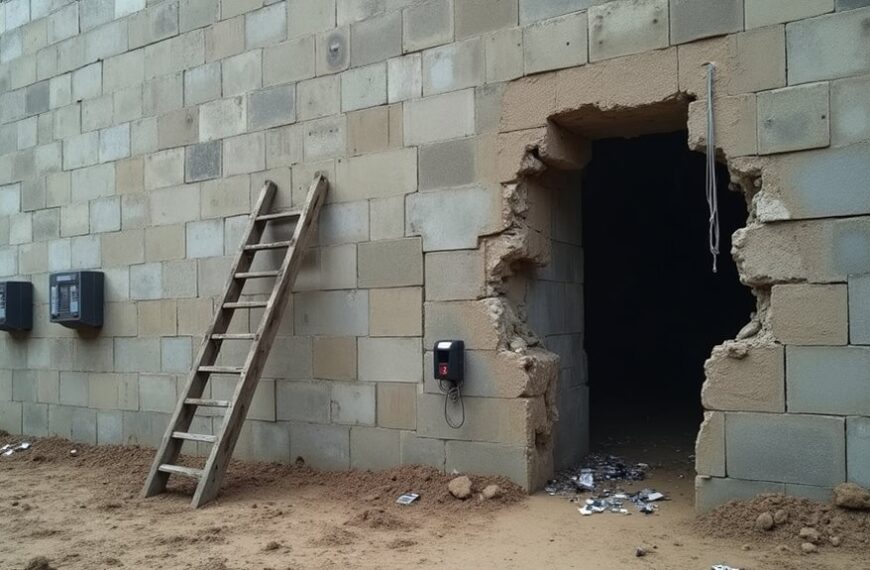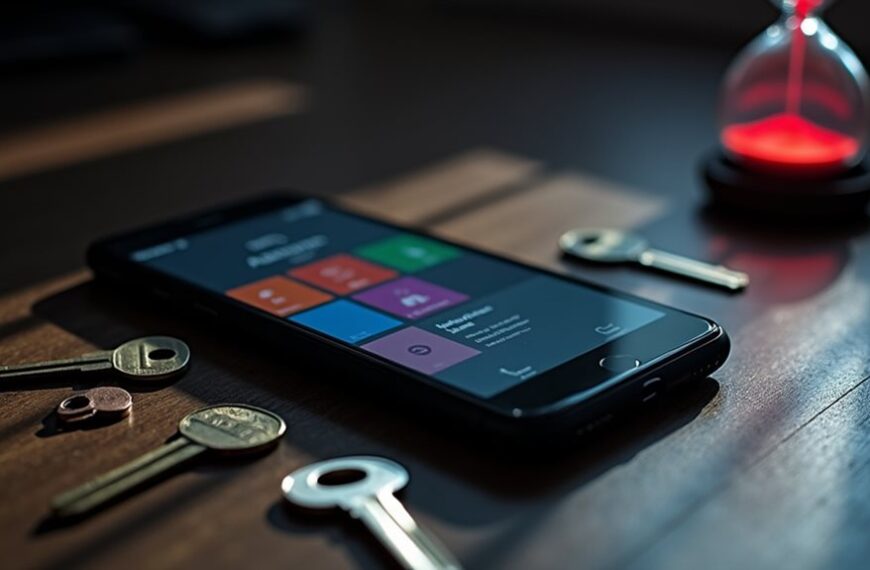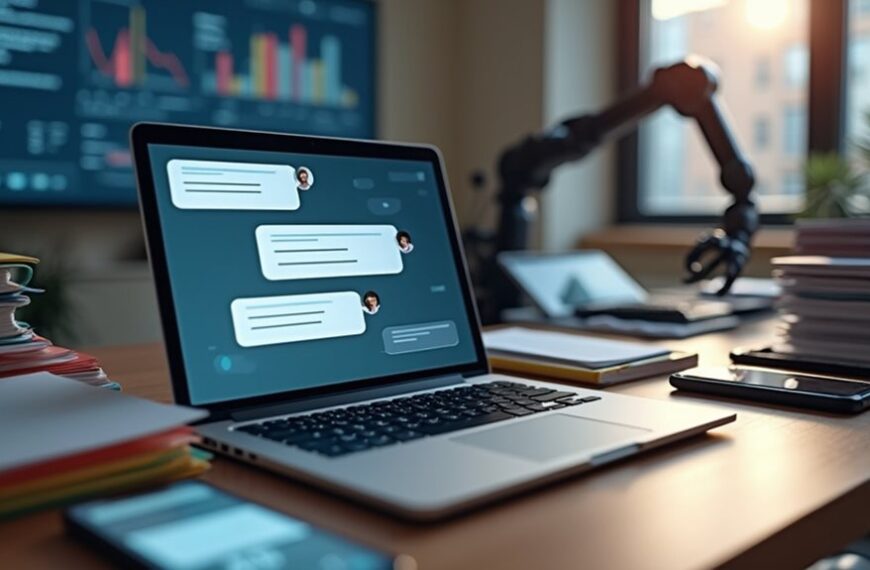Japanese scientists have developed a groundbreaking biohybrid robotic hand using living human muscle cells instead of motors or electronics. The hand, featuring Multiple Muscle Tissue Actuators (MuMuTAs), can perform basic movements like grasping when stimulated with electrical signals. Though currently limited to three degrees of freedom and requiring suspension in liquid, it's demonstrated durability for up to 178 days. This innovation could transform prosthetics and human-machine interfaces, potentially reshaping how we approach artificial intelligence and robotics.

Scientists from the University of Tokyo and Waseda University have created a groundbreaking biohybrid robotic hand that uses actual human muscle cells instead of traditional motors or electronics. This innovation represents a significant leap forward in biohybrid robotics, potentially opening new pathways for more lifelike and efficient prosthetics.
The robotic hand's muscles are carefully cultured from human skeletal muscle cells. These cells grow in a special gel-like substance with nutrient-rich fluid over several weeks. To overcome the challenge of muscle necrosis in thicker tissues, researchers developed Multiple Muscle Tissue Actuators (MuMuTAs)—thin strands of muscle rolled into bundles.
Growing human muscle cells in gel, scientists created thin MuMuTAs bundles to prevent necrosis in thicker tissues.
You'll find these MuMuTAs function similarly to tendons in your own hand. They enable the robotic hand to perform basic movements like grasping objects and making scissor gestures. This approach aligns with the current shift toward tendon-driven designs in robotics research that aims to better replicate human anatomy. The muscles respond to electrical signals that stimulate contractions, mimicking how your natural muscles work.
The hand's capabilities, while impressive, remain limited compared to human hands. It currently operates with only 3 degrees of freedom, whereas your hand has 27 degrees. The device must be suspended in liquid to reduce friction and can only manipulate small objects like pipette tips.
Lab-grown muscles have demonstrated remarkable durability, functioning for up to 178 days when properly maintained. Like natural muscles, they also recover from fatigue after rest periods and perform efficiently at body temperature (37°C).
Current limitations include insufficient strength for lifting substantial objects and muscle deterioration over time. The robotics team at Waseda University has been contributing to humanoid robotics since 1973 with their WABOT-01 development. The hand requires a controlled laboratory environment for maintenance, restricting practical applications for now.
Future improvements may include integration with nerve cells to enhance energy efficiency and better finger retraction control. These advancements could ultimately lead to revolutionary prosthetics that more closely mimic biological systems.
As this technology develops, you might see biohybrid robotics transforming both prosthetic limbs and human-machine interfaces, potentially redefining how we approach artificial intelligence and robotics in the coming decades.
Frequently Asked Questions
How Much Did This Research Cost to Develop?
The exact cost of developing the biohybrid robotic hand isn't publicly disclosed in current research findings.
You'll find that such pioneering work likely required substantial funding for specialized equipment, cell cultivation, tissue engineering, and electrical stimulation systems.
The research probably relied on a combination of academic grants, institutional funding, and possibly industry partnerships.
Future development costs might decrease if the technology achieves economies of scale through mass production.
Could These Living Robots Eventually Develop Consciousness?
While these biohybrid robots use living cells, they're unlikely to develop consciousness in their current form.
You should understand that consciousness requires complex neural networks and integrated information processing capabilities that these systems don't possess.
Scientists working with Integrated Information Theory suggest consciousness emerges from specific structural and functional properties not yet present in these muscle-based systems.
The ethical questions remain theoretical until significant advancements occur in both our understanding of consciousness and biohybrid technology.
What Ethical Protocols Were Followed During Cell Harvesting?
Cell harvesting for this research followed strict ethical protocols centered on informed consent.
You'll find that researchers obtained proper documentation from tissue donors in compliance with the Declaration of Helsinki standards. They maintained donor privacy through HIPAA-compliant de-identification methods.
All tissue collection adhered to the Human Tissue Act (UK) or Code of Federal Regulations (US) requirements. Ethical review boards supervised the process to guarantee respect for human dignity and adherence to established bioethical guidelines throughout the harvesting procedure.
Can Damaged Biohybrid Robots Self-Heal Like Natural Tissue?
Yes, biohybrid robots can self-heal in limited ways.
When you damage these robots, their biological components can repair themselves similarly to natural tissue. Their living skin equivalents can regenerate after minor injuries, while perforation-type anchors help maintain this healing capability.
You'll find this self-healing limited by the extent of damage and the specific biological materials used. This feature represents a significant advantage over traditional robots, potentially reducing maintenance costs and extending operational lifespans.
Are There Military Applications Being Explored for This Technology?
Yes, the military is actively exploring biohybrid technologies through agencies like DARPA.
You'll find applications focused on advanced prosthetics for wounded soldiers and robots for dangerous missions requiring human-like dexterity. These systems could enhance bomb disposal operations and reduce risk to personnel.
The technology offers potential for more intuitive control systems and improved human-machine interfaces. Cost reductions in robotic hands from programs like ARM-H make wider military adoption increasingly feasible.





